The IMO Ballast Water Management (BWM) Convention entered into force in 2017, but at that time it applied only to new ships. Now, as the North P&I Club informs, a new milestone is upon us, as from 8 September 2019, the Convention applies to existing vessels.
Specifically, from 8 September 2019, existing vessels have up until its next IOPP Certificate renewal survey to comply. This means that ships with a keel laid before 8 September 2017, are possible to need to install an approved ballast water treatment system (BWTS) at some point between 8 September 2019 and 8 September 2024, according to the date of IOPP certificate renewal.
New vessels have been complying with the ballast water regulations for the last two years with little fuss. There is a big difference, however, between installing a BWTS during newbuild and retrofitting a system on an existing vessel. On an existing vessel, such a system would not have been considered at time of original build and no dedicated space would have been allocated
North P&I Club stated.
To comply with the convention, a vessel will need an International Ballast Water Management Certificate (IBWMC). In order to obtain this, it must have:
- An approved ballast water management plan (BWMP) that provides details on how compliance will be achieved with the necessary procedures;
- Technical documentation and type approval certificate for the ballast water treatment system fitted to the vessel;
- A ballast water record book (BWRB). This must remain on board the ship for at least two years after the last entry has been made and following that held by the shipowner for at least three years.
In general, countries are free to decide how they will apply ballast water regulation, as well as how non-compliance will be penalised.
[smlsubform prepend=”GET THE SAFETY4SEA IN YOUR INBOX!” showname=false emailtxt=”” emailholder=”Enter your email address” showsubmit=true submittxt=”Submit” jsthanks=false thankyou=”Thank you for subscribing to our mailing list”]
In Article 8 of the BWM Convention, a ship breaching the convention can be subject to action by both the flag State and the country in which the violation took place. Penalties and sanctions will depend on the relevant jurisdiction.
In addition, Article 9 of the BWM Convention allows sampling of a vessel’s ballast water as part of the initial PSC even if there are no clear grounds for concern.
However, IMO Resolution MEPC.252(67) “Guidelines for port State control under the BWM Convention” expands on Article 9. The guidelines promote a four-stage inspection process:
- The first stage, the “initial inspection”, should focus on documentation and check that operators are trained and familiar in the use of the treatment system;
- The second stage is the “more detailed inspection” where the PSC inspector checks that the treatment system is operational and has been operated in accordance with the ballast water management plan and its design parameters;
- The third stage identifies whether the performance standard is being met. This may require PSC to take samples for ‘indicative analysis’. The results of which may lead them to decide whether detailed analysis is necessary to ascertain compliance;
- The fourth stage, if necessary, incorporates a detailed analysis of sampled ballast water to verify compliance;
- If the visiting PSC inspector follows the IMO Guidelines, then the risk of a vessel being subject to sampling and testing of its ballast water can be much reduced by satisfying the requirements of the first stage of the inspection process. It is therefore in the crew’s best interest to show that the vessel, its equipment and ballast water treatment system are in good order, the documentation and certification are in order and the crew are familiar in its use.
Moreover, the Guidelines state that the time needed for analysing the indicative samples should not be used by PSC as a basis for unduly delaying the vessel.
You can see further details on the implementation of the IMO Ballast Water Management (BWM) Convention, in the PDF herebelow



















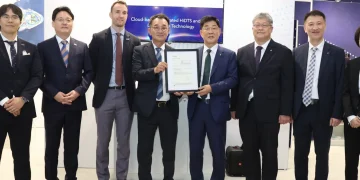
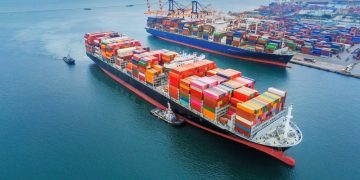

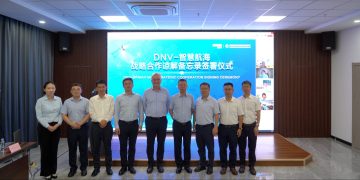
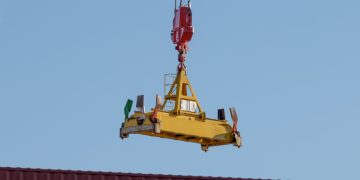
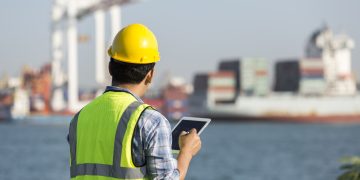
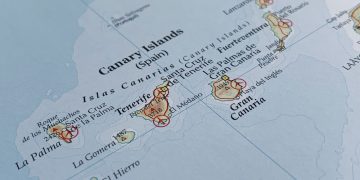
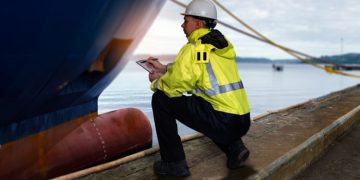



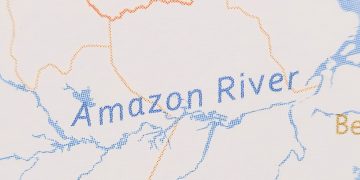





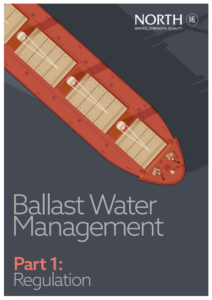


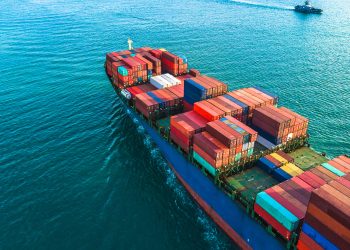

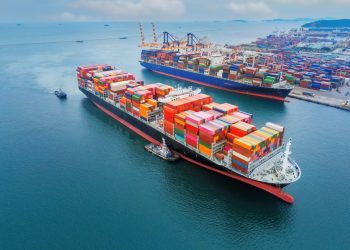



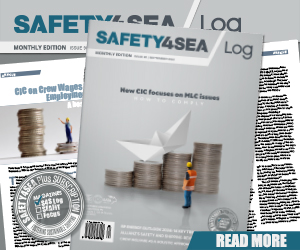
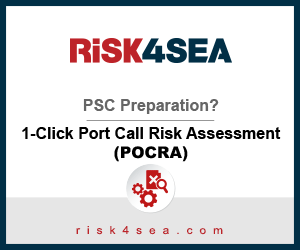
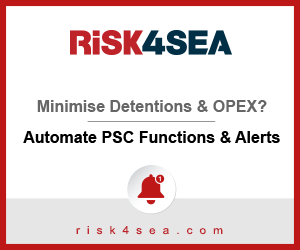

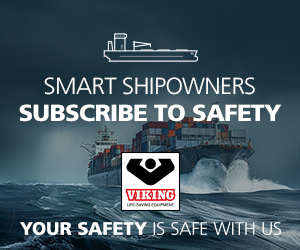


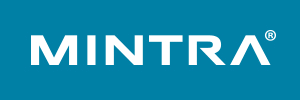




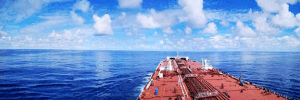












Parts 2 and 3 of our guidance can be found on North P&I’s website